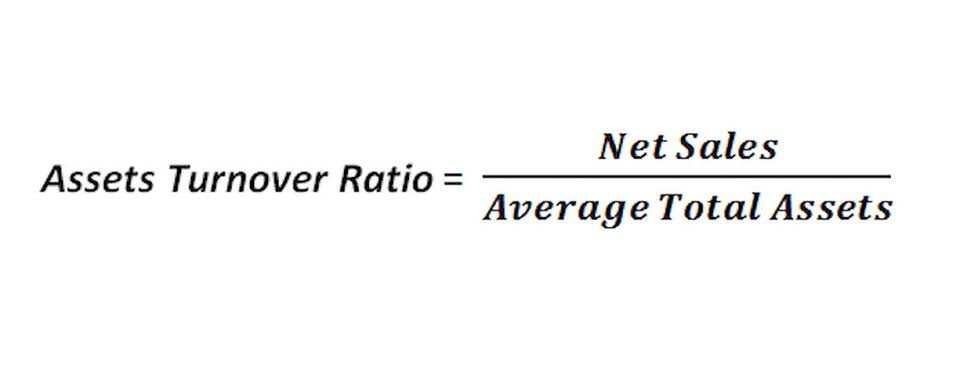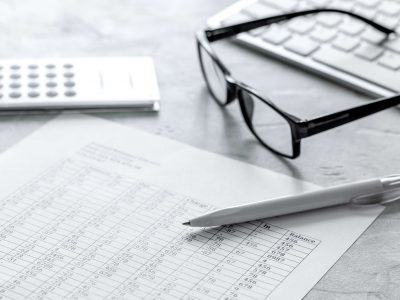Contra Account What Is It, List, Examples, Vs Adjunct Account

Managing contra asset accounts effectively is crucial for accurate financial reporting how is sales tax calculated and analysis. These accounts, which appear as deductions from the related primary asset accounts, are essential in understanding the net value of the assets they correspond to. For instance, accumulated depreciation is a common contra asset account that reduces the gross amount of fixed assets to reflect their usage and age. Best practices in managing these accounts involve regular reviews, accurate record-keeping, and clear policies that align with accounting standards.
Contra Revenue Account
Over time, these assets lose value due to wear and tear, and the accumulated depreciation account records this decline in value. Accumulated depreciation is a critical concept in accounting, representing the total amount of depreciation expense that has been recorded against a fixed asset since it was put into use. It is a contra asset account, meaning it has a credit balance and is used to offset the value of the asset it relates to on the balance sheet.
How does a contra revenue account differ from a contra asset account?
Fortunately, the seat vendor offered an early payment discount of 5%, meaning that when Show-Fleur paid off its full credit note within the first 30 days, it recouped $30 thousand in savings. Wanting to spruce up its aging inventory, Show-Fleur purchased new, climate controlled-seats for its fleet, delivering increased comfort for passengers and a cleaner, more modern look for vehicle interiors. A business called Show-Fleur offers private driving tours of local botanical gardens — all contra asset from the comfort of high-end limousines. For its day-to-day operations, the business maintains a fleet of 75 identical 2016 Ford Explorer limousines, each initially retailing at $150 thousand.
1. Purchase Discounts, Returns and Allowances Expense Contra
- These accounts also help businesses track the gradual reduction in value of their assets, whether through depreciation, amortization, or other means.
- This account is not classified as an asset since it does not represent a long-term value.
- The accumulated depreciation account lets anyone reading the financial statement see both the car’s original cost and how much of that cost has been used up.
- For example, accumulated depreciation is a contra asset that reduces the value of a company’s fixed assets, resulting in net assets.
- Contra asset accounts might seem a little intimidating at first, but they’re really just tools to make financial statements more accurate and reliable.
They are linked with specific asset accounts and reduce their balance, thereby reflecting the net value of the assets. The natural balance in a contra asset account is a credit balance, as opposed to the natural debit balance in all other asset accounts. There is no reason for there to ever be a https://velopyrenees.fr/bookkeeping/what-is-a-payroll-expense-a-2021-guide-to-payroll/ debit balance in a contra asset account; thus, a debit balance probably indicates an incorrect accounting entry. When a contra asset transaction is created, the offset is a charge to the income statement, which reduces profits. A contra asset is a negative asset account that offsets the asset account with which it is paired. The purpose of a contra asset account is to store a reserve that reduces the balance in the paired account.
- Contra equity is a general ledger account with a debit balance that reduces the normal credit balance of a standard equity account to present the net value of equity in a company’s financial statements.
- Understanding contra accounts is essential for precise transaction recording, aiding decision-making and compliance with accounting standards.
- Over time, the accumulated depreciation on these vehicles grows, reducing their book value.
- When a contra asset transaction is created, the offset is a charge to the income statement, which reduces profits.
- They are not standalone figures but rather reflect the adjustments to asset accounts, ensuring that the value of assets is reported at a net, realistic figure.
It plays a vital role in maintaining the accuracy and transparency of a company’s financial statements. Contra accounts are used to record adjustments, reversals, or reductions in the value of assets or liabilities. To illustrate, consider a company with a fleet of vehicles that are crucial for its operations. Over time, the accumulated depreciation on these vehicles grows, reducing their book value. If the company decides to sell, the lower net book value of the vehicles due to the contra asset account will be a factor in determining the company’s overall valuation.
Reserve for obsolete inventory is a contra asset account used to write down the inventory account if inventory is considered obsolete. Excess, stored inventory will near the end of its lifespan at some point and, in turn, result in expired or unsellable goods. In this scenario, a write-down is recorded to the reserve for obsolete inventory. Depreciation expense and accumulated depreciation are two important concepts in accounting that help companies accurately report the value of their assets over time. Here, we will outline the distinctions between depreciation expense and accumulated depreciation in various aspects that pertain to them. The hottest retail item of today can be relegated to nostalgia channels on YouTube tomorrow.

This process calculates the decline in value of the natural resource and offsets it against the initial appraisal of the land where the resource is being extracted from. For the ultimate learning experience, consider a Full-Immersion Membership that offers unlimited access to an extensive collection of templates, courses, and tools. It’s the ideal platform for those looking to take their skills—and their business’s financial clarity—to the next level. My Accounting Course is a world-class educational resource developed by experts to simplify accounting, finance, & investment analysis topics, so students and professionals can learn and propel their careers.

These entries require attention to detail, as they directly impact the accuracy of financial statements. Understanding the relationship between the main account and its contra account dictates how transactions are recorded and reported. At Invoiced, we provide a suite of solutions that work together to make managing your invoicing, accounts receivable, and accounts payable seamless and easy.
- Accumulated Depreciation acts as a subaccount for tracking the ongoing depreciation of an asset.
- These considerations are vital for maintaining the integrity of financial reporting.
- It is only prudent to show the reduction or reserve in a separate account, and at any point, it gives us the netbook value explaining what the actual cost was and how much of that has been depreciated.
- This account estimates the portion of receivables that a company believes will not be collected, indicating a more accurate value of potential revenue.
Bad debt

Understanding their purpose, types, and application is fundamental for accounting professionals and learners alike to ensure accurate financial reporting and informed decision-making within organizations. The connection between contra-assets and the income statement is primarily through the periodic expense recognized, such as depreciation or amortization, which affects net income. For example, the depreciation expense recorded is a result of reducing the book value of fixed assets, and it is reported as an expense in the income statement every accounting period.

